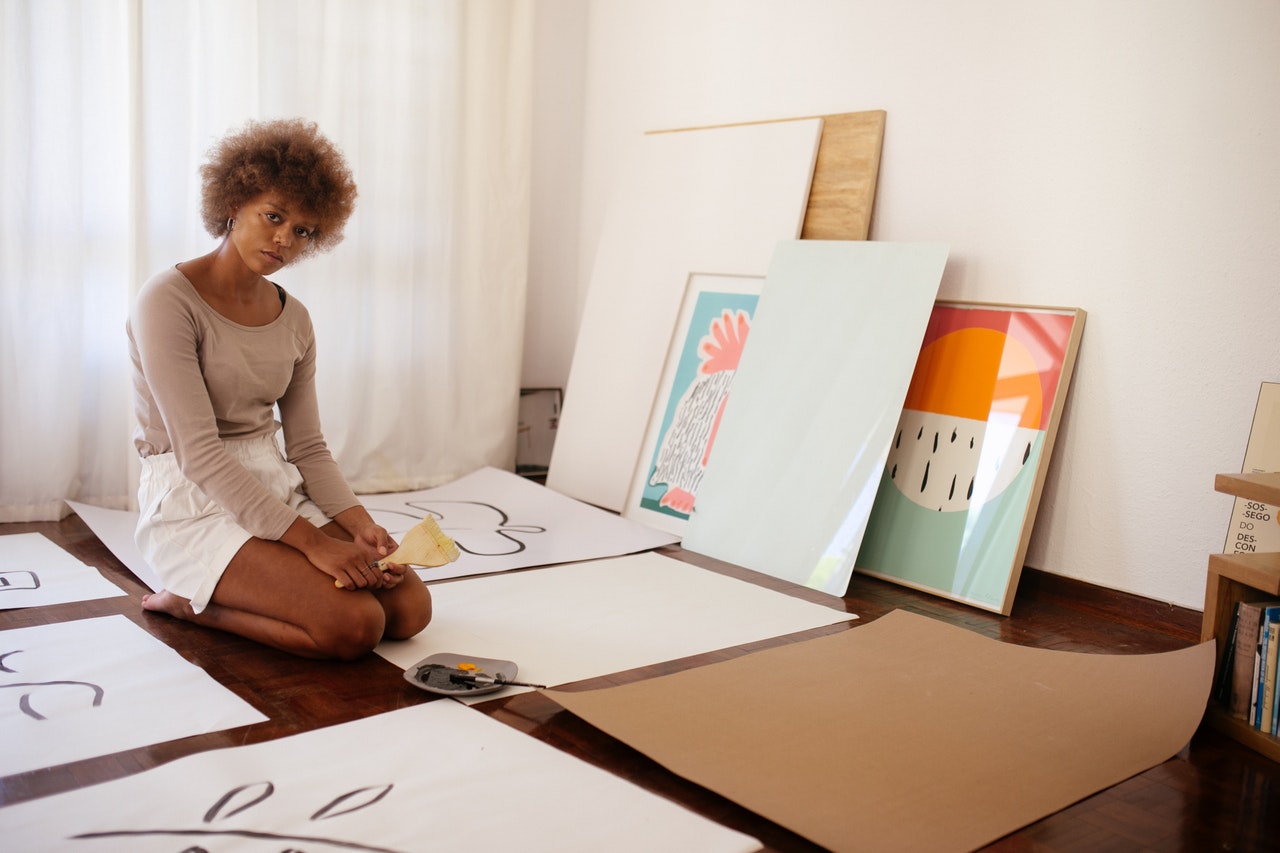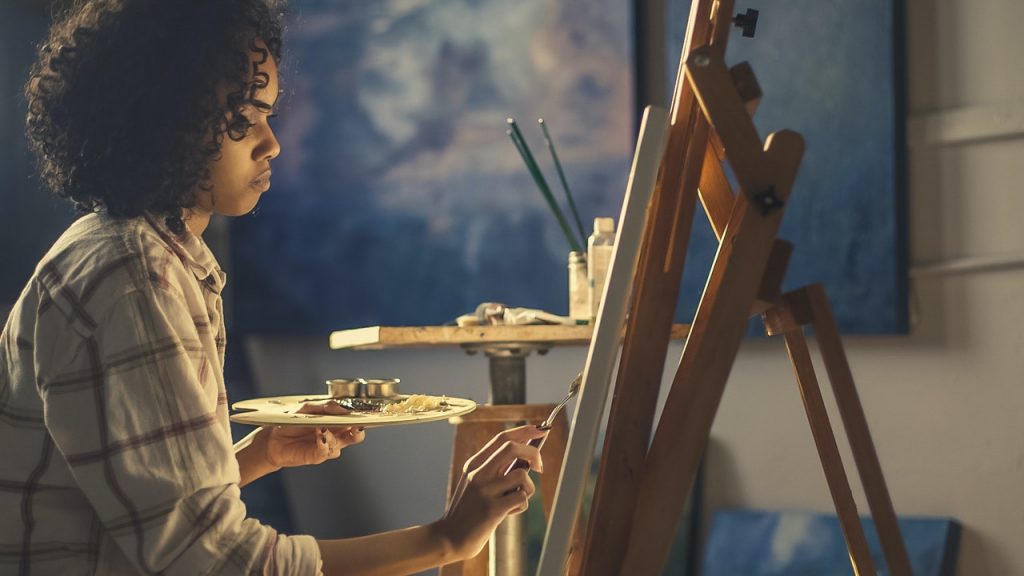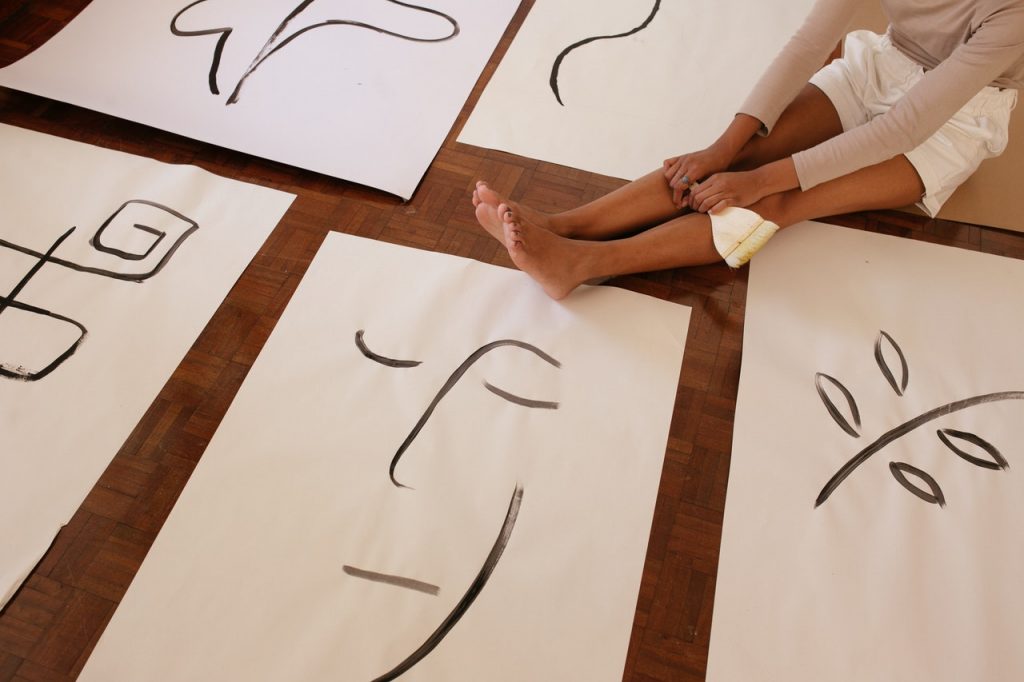If you have to support your artistic endeavors by taking on a full-time position, for the time being, you might be struggling with balancing the two. Having a 9-5, the 5-days-a-week job is no joke, even when holding down that job is your only responsibility. When you add your art career into the mix, thinking of ways to balance a full-time job with an art career becomes all the more difficult. Take heart, here are some ideas to help you take control and prosper in this situation.
The struggle is as real as it can get. At some point in their careers, most artists will have to deal with existential and financial issues that may hinder their true calling’s upward progression. This can even result in complete despair and loss of creative drive.
And who can blame them? A long day of making lattes or answering emails is miles away from inspiring and simulating. At the end of the day, you might be lost as to what the purpose of all your hard work and effort may be.
How can I balance a full-time job with an art career?
All is not lost. First and foremost, you have to make it clear to yourself that creating art is something that should be your motivation to get out of bed in the morning. And yes, sometimes it might be hard to have such an outlook. But as the old saying goes, when the going gets tough, the tough get going.
Try to think of your day job as a test of your determination and willpower, rather than an unfortunate turn of events that makes you question yourself as an artist.
No matter how mundane and tiring your full-time job may be, it’s no reason to give up on your art career! Luckily, the 8-hour shift does not mean you have to neglect your projects. We have a few ideas that can help you make use of the little time and energy you have left after returning home from work.
Find a mentor to keep you on your feet
Having a supportive and well-meaning mentor who can counsel you and keep you on your toes can be the key to staying afloat in the art community. The benefits of having someone who is an accomplished and mature artist on your side can serve as inspiration that will allow you to focus and create your art despite the 9-5 hardships you endure daily.
It is highly likely your mentor also had to struggle with finding their way and keeping their drive alive. Talking about your situation with them might make you see that this loss of drive due to exhaustion is a normal part of your art career.
Apart from this, a seasoned artists’ perspective and advice on matters such as your work, its value, and how you should price it should help you stay in touch with your artistic calling.
Devote at least a few minutes a day to your art
There are days when you feel like the only thing you can do after work is plop on the couch and drown your worries with Netflix. This is understandable, but still taking even a few minutes out of your day to devote your time to art will prove to be fruitful after some time.
First, creating art is like exercising (except is it probably more enjoyable for most people). If you neglect it for an extended period of time or work on it only sporadically, it will be harder to keep your artistic train of thought consistent.
You will also see that being creative creates a particular flow that allows you to put aside your tiredness or lack of motivation. More often than not, you will find yourself spending more time creating your art than what your initial expectations might have been.
Finally, no matter how small, fulfilling one task at a time will help your creative juices flow and keep you focused on your art career.
Prioritize your art and stick with it
Yes, going to your job may be overwhelming, but nurturing the idea that you are too busy to think about art won’t do you any good. Losing sight of your goal in the face of unfavorable circumstances in which you feel as if you do not have the time or incentive to commit to your art can happen, but it should not be something you accept as a given.
Instead of focusing on where you are right now, focus on your definite goal and work towards bringing it to life. Therefore, don’t let the thought that your art career is at a standstill keep you from losing sight of your real goals!
Use on-the-job skills and observations to improve your status in the art world
Make a mental note that you are working hard at your full-time job to create new opportunities for yourself in the art world. You might even use your job as an impetus to forward your career. For instance, you could look into email marketing as an opportunity to create clout around your next art show.
In this way, you could use your free time, your breaks, and the observations and the know-how you collect while you are doing your job as a tool to establish aims, build confidence, stimulate your creative process, and connect with people in the art world. Similarly, many artists are turning to Instagram as a platform where they can gather a following, promote their work, and see how they can improve based on comments from their followers. Essentially, maintaining your online presence could help you separate and balance a full-time job with an art career.
About the author:
Colleen Miles is a freelance web designer working full-time for Best Movers NYC as a content writer and creator. She enjoys reading insights about the art community, as she feels she belongs among their ranks. When she isn’t writing or designing logos, Colleen catches up on her favorite shows and tries to work her way through her reading list.





